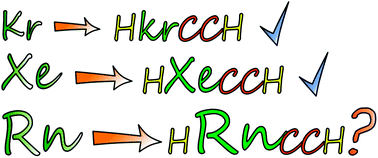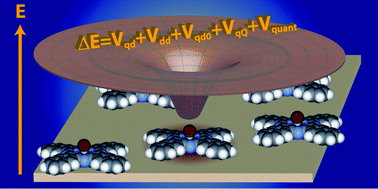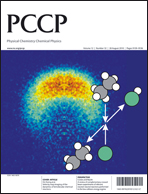Daren Caruana and Katherine Holt discuss how electrochemistry could be the missing link to understanding chemistry in space
 To read the full Instant Insight article, click here: Cosmic dust as chemical factories
To read the full Instant Insight article, click here: Cosmic dust as chemical factories
And read the PCCP Perspective article:
Astroelectrochemistry: the role of redox reactions in cosmic dust chemistry
Daren J. Caruana and Katherine B. Holt, Phys. Chem. Chem. Phys., 2010, 12, 3072
The search of the origin of life’s molecular building blocks has extended into interstellar space to find evidence of life forming chemicals. As yet no positive identification of molecules that can be considered as precursors to living systems on earth has been made. But, a rich mixture of complex chemicals has been discovered in the spaces between stars in our galaxy, which brings the question of how are these chemicals synthesised?












 HOT article –
HOT article – 
 This week’s issue of PCCP is now out –
This week’s issue of PCCP is now out –  A review on the approaches for modification of the solvent properties of supercritical CO2.
A review on the approaches for modification of the solvent properties of supercritical CO2.